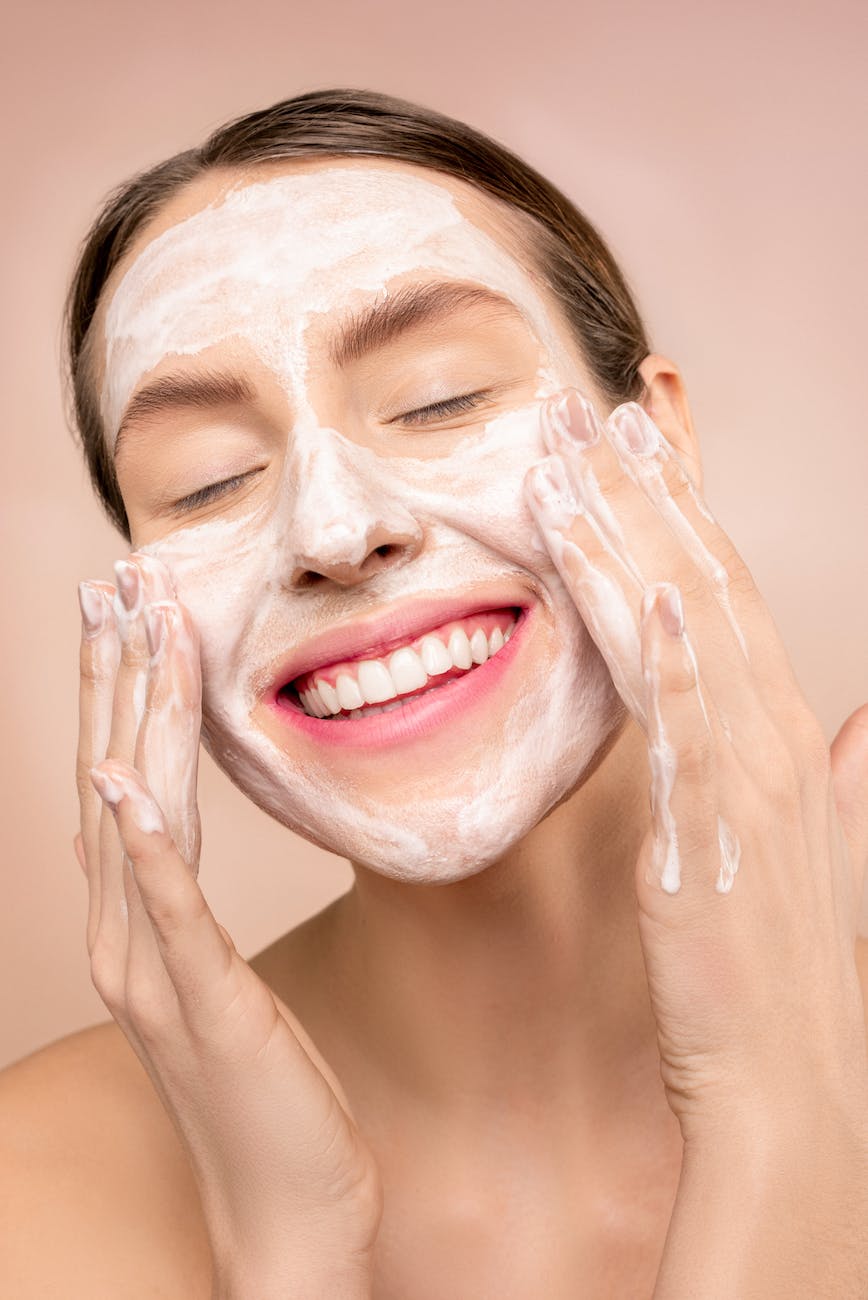
In the quest for flawless, radiant skin, the allure of natural oils is undeniable. These potent elixirs, derived from the earth’s botanical treasures, promise more than just superficial benefits—they offer a harmonious balance between nature and nourishment, making them indispensable in any skincare ritual. Here’s an all-encompassing guide to the best natural oils for your skin, designed to be your one-stop resource for achieving a luminous, healthy complexion.
The Magic of Natural Oils: A Deep Dive
Why Natural Oils?
Natural oils are more than mere moisturizers; they are the soulful symphony of nature’s best. Packed with essential fatty acids, antioxidants, vitamins, and minerals, these oils provide a multifaceted approach to skincare. They hydrate, rejuvenate, repair, and protect, offering a holistic alternative to the chemical-laden products that dominate store shelves.
The Top Tier Oils for Every Skin Type
- For Dry Skin: Argan Oil and Coconut Oil reign supreme. Argan oil, often called ‘liquid gold,’ is a powerhouse of vitamin E and fatty acids, which work in tandem to moisturize and soften dry patches. Coconut oil, with its rich lauric acid content, deeply nourishes and hydrates the skin, sealing in moisture.
- Oily and Acne-Prone Skin: Jojoba Oil and Tea Tree Oil are your allies. Jojoba oil mimics the skin’s natural oils, helping regulate oil production, while tea tree oil’s antimicrobial properties combat acne-causing bacteria, making it a potent spot treatment.
- Sensitive Skin: Almond Oil and Calendula Oil are gentle heroes. Almond oil, rich in vitamin E, soothes and reduces inflammation, whereas calendula oil, with its anti-inflammatory properties, calms skin irritations and redness.
- Aging Skin: Rosehip Oil and Pomegranate Seed Oil are anti-aging champions. Rosehip oil, laden with antioxidants and vitamins A and C, promotes collagen production and reduces the appearance of fine lines. Pomegranate seed oil, known for its regenerative properties, offers protection against sun damage and aging.
Incorporating Oils into Your Skincare Routine
The Ritual of Application:
- Cleansing: Start with an oil-based cleanser to melt away impurities without stripping the skin.
- Moisturizing: Apply a few drops of your chosen oil onto damp skin, massaging gently to encourage absorption and boost circulation.
- Targeted Treatment: Use specific oils, like tea tree for blemishes or rosehip for scars, as spot treatments to address particular concerns.
Pro Tips for Maximizing Benefits:
- Blend Wisely: Mix oils to tailor your skincare. For example, jojoba and tea tree for acne control or argan and rosehip for an anti-aging boost.
- Layer Smart: Apply oils after water-based treatments to lock in hydration and maximize benefits.
- Patch Test: Always patch test a new oil to ensure compatibility with your skin.
Beyond the Face: Oils for Whole-Body Care
Hair: Coconut oil can rescue dry, brittle strands, while argan oil can add shine and tame frizz.
Nails: Jojoba oil nourishes cuticles, promoting strong, healthy nail growth.
Body: Sweet almond oil is perfect for hydrating the body, leaving skin soft and supple.
Embracing Nature’s Essence
In the world of skincare, natural oils are a testament to the beauty and power of the natural world. Their ability to heal, restore, and transform our skin speaks to the profound connection between our bodies and nature. By incorporating these oils into your skincare routine, you’re not just taking care of your skin; you’re embracing a lifestyle that values simplicity, purity, and harmony with the earth.
As we journey through the evolving landscape of beauty and wellness, let’s turn to nature’s apothecary with confidence and reverence, unlocking the secrets to a healthier, more radiant complexion. After all, the best skincare is not just about looking good—it’s about feeling good, inside and out.
Conclusion
Natural oils offer a versatile, effective, and eco-friendly way to enhance skincare routines. With their myriad benefits, tailored applications for every skin type, and ease of incorporation into daily routines, these oils stand out as a holistic approach to beauty and wellness. Dive into the world of natural oils and discover the transformative power they hold for your skin. Embrace the essence of nature, and let your skin glow with health and vitality.










